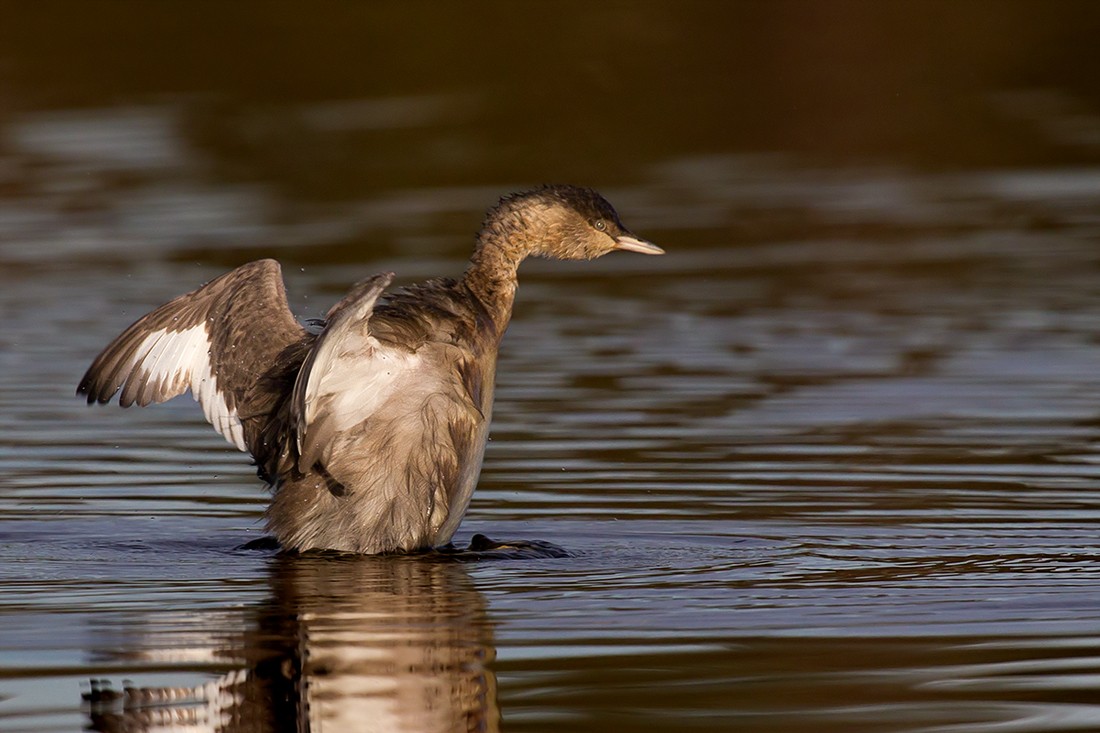Hoary-headed Grebe
A species of Hoary-headed and New Zealand Grebes Scientific name : Poliocephalus poliocephalus Genus : Hoary-headed and New Zealand Grebes
Hoary-headed Grebe, A species of Hoary-headed and New Zealand Grebes
Botanical name: Poliocephalus poliocephalus
Genus: Hoary-headed and New Zealand Grebes
Content
Description General Info
Description
The hoary-headed grebe is a fairly small dark grey and white grebe. It has a brown eye and a black patch under the chin, and a narrow black streak down the back of the neck. During the breeding season the adult's plumage has white streaks over its entire head, giving them the common name of hoary-headed grebe. Juveniles have a white chin and throat and a striped face. Males have two plumage phases: after breeding they lose the buff breast and the white lines on the head, but can usually be identified then by the broad black bar down the nape. 
Size
31 cm
Nest Placement
Floating
Feeding Habits
Hoary-headed Grebe consumes aquatic arthropods via deep diving, favoring daytime feeding. During low light, hoary-headed Grebe forages at the water surface, showcasing adaptable feeding behaviors.
Habitat
Hoary-headed Grebe thrives in open wetlands, especially large freshwater lakes, though it adapts to small farm pools and man-made tanks post-rain. In winter, it may inhabit brackish or saline waters along sheltered coastal areas. Favoring unsheltered regions lacking dense water weeds, hoary-headed Grebe is versatile, residing in diverse wetland habitats from wet regions to arid interiors when rain permits.
Dite type
Herbivorous
General Info
Feeding Habits
Bird food type
Distribution Area
The hoary-headed grebe is found in all states and territories of Australia. It is generally absent from the central arid regions of Australia. The hoary-headed grebe is usually found away from the shoreline in large open waters, which may be estuarine, brackish or freshwater. It can also be found in sheltered coastal seas. It can sometimes be found in New Zealand, where it is much less common than Australia. 
Species Status
With a large range and no evidence of significant population decline, this species’ conservation status is of Least Concern. 
